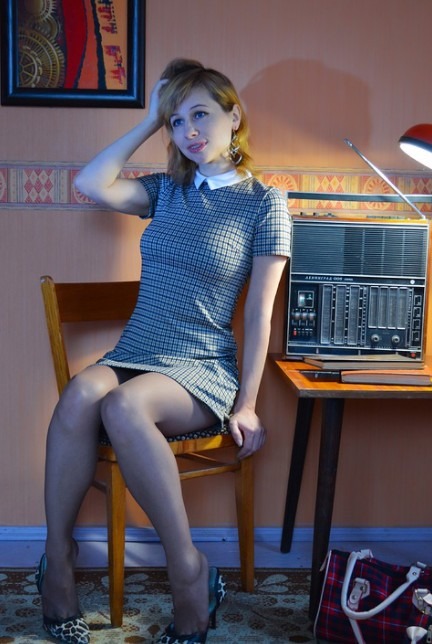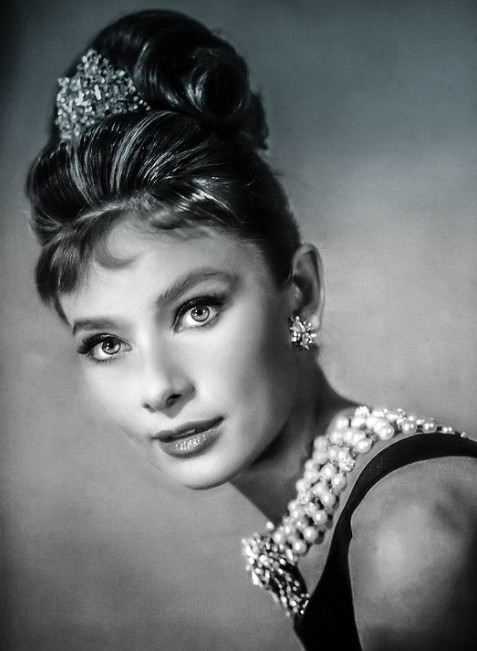Fashion in the early 1960s was more reminiscent of the 1950s— restrained and conservative; indeed, more classic in design and style. On the contrary, fashion in the late 1960s was the exact opposite. Vivid and bright-swirling colors—tie-dye shirts, psychedelic, and long beard and hair were a standard.
Women wore remarkably short skirts while men wore capes and tunics. The people from a decade earlier wouldn’t have believed the onslaught into the fantasy world. It’s almost like the 50s suppressed everyone so much that they exploded like a bomb by the time the late 60s came. Women started showing more skin than did before.
Read on to know more about the contrast in fashion between the early and late 1960s from women’s wear to men’s wear.
Women & Girls in the 60s
In the 1960s, women’s wear switched up from one end of the spectrum to another. 1950s fashions and Box dresses marked the early 1960s. In the mid-60s, fashion started to take hints from London, and the waistline came back. However, the late 1960s had a mind of its own.
The 1962 fashion looks eerily similar to 1959 fashion. Not so much had changed, but it was apparent from straggling sales that fashion designers had to develop something new quickly. European styles dominated the fashion scene, and First Lady Jackie Kennedy led the invasion with her pillbox hats and ubiquitous clean dresses.
The bullets fired in 1963 in Dallas transformed the landscape of American politics entirely and closed the and of an era of fashion. After the murder of President Kennedy, Jackie disappeared from the limelight, and so did her influence on the fashion industry.
The type of dress women wore changed drastically from the start of the decade to the end. However, that’s undoubtedly more correct for younger women than the older ones, who were quite satisfied with their late 50s-era long skirts and dresses, which was fine in the early 60s since the dresses sold at that point were updated versions of the 50s dresses. The fabrics, colors, and patterns were relatively conservative.
Scarves that often accompany a dress and different types of collars were also popular. Belts were elective, while jewelry was not.
The popular dress styles included creep, brocades, sheath, and sheer dresses, which had been having quite a nice run for the past ten years. But as the decade evolved and new fashions appeared, the gap between the fashion savvy and ones who weren’t grew increasingly wider.
The British Invasion starring the Beatles led to a new era of British dominance in culture, music, and fashion soon after. By 1966, the early 60s look had grown to be much more modern and sleek. The lines were more form-fitting and sharper. Fur was less prevalent, but gloves were still essential. Most of this sense of fashion was borrowed right from the London mod scene.
Dresses had become significantly more snug by 1966. Large buttons on the dress’ front and Indian-inspired patterns were a hit. But that doesn’t imply that solid shades were out because they weren’t.
Skirts, which began the decade straight and long, ended up hardly covering the derriere. For lots of young women, the shorter their skirt is, the better.
The trend of wearing short skirts totally dominated in 1967, but fashion designers started getting bored and attempted to introduce the “Midi,” or what they call a mid-length mini-skirt. Women eschewed the Midi and clung to their mini-skirts from 1967.
But to say that every woman wore a mini-skirt would be false. Multiple women elected to remain conservative, while some didn’t have the desired figure. Throughout the mid to late 1960s, women can purchase skirts of every length.
By the time the late 60s rolled around, women were seen donning the same attire as men. Women’s fashion grew more masculine, while men’s became more feminine.
The late 1960s were also the period of the flared-bottomed pants, which foreshadowed the much more apparent bell-bottoms of the 1970s. Skirts were short, and polyester became a ubiquitous material. Women were no longer ashamed to flaunt their stuff publicly.
Although wild colors weren’t anything new, in the late 60s, the patterns became even brighter. And then, the waistline vanished again. Women were walking around in culottes and tunics, with the wind streaming right through their flowing, comfortable, and pretty baggy gowns.
Men & Boys in the 60s
The 1960s men’s fashion changes were just as dramatic for men as they were for their counterparts. Like women, men dressed in the same thing as in the early 1960s as they did in the late 1950s. But things started changing when 1964 came.
One such change that’s quite noticeable is that pants grew much tighter. The fit right around the thigh was sporty and nothing like the relaxed fit men grew accustomed to.
The pea coat was also pretty popular with me in the mid-60s. Well, anything that looked straight out of London was good to go at that time. The Beatles were in charge, as pants started to fit tighter and hair grow longer. Although, men still wore hats and boots.
The late 60s yielded a whole new style range for men, and seeing men wear scarves was common in 1969. But it wasn’t the oversized wool scarf of today. Instead, it was a silk scarf tied like a loose tie.


